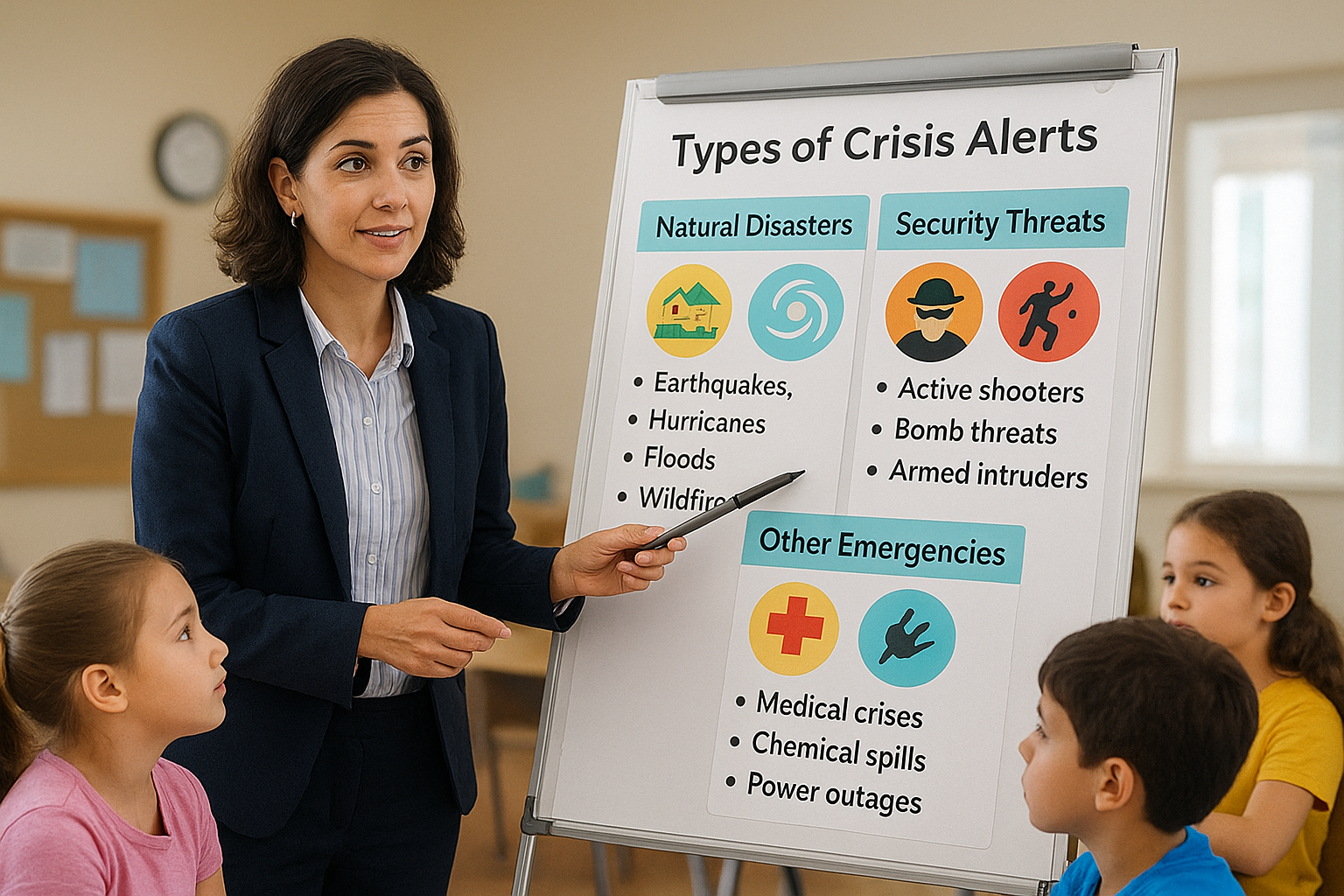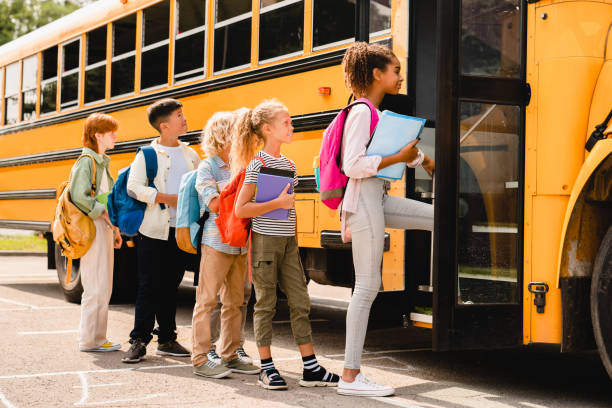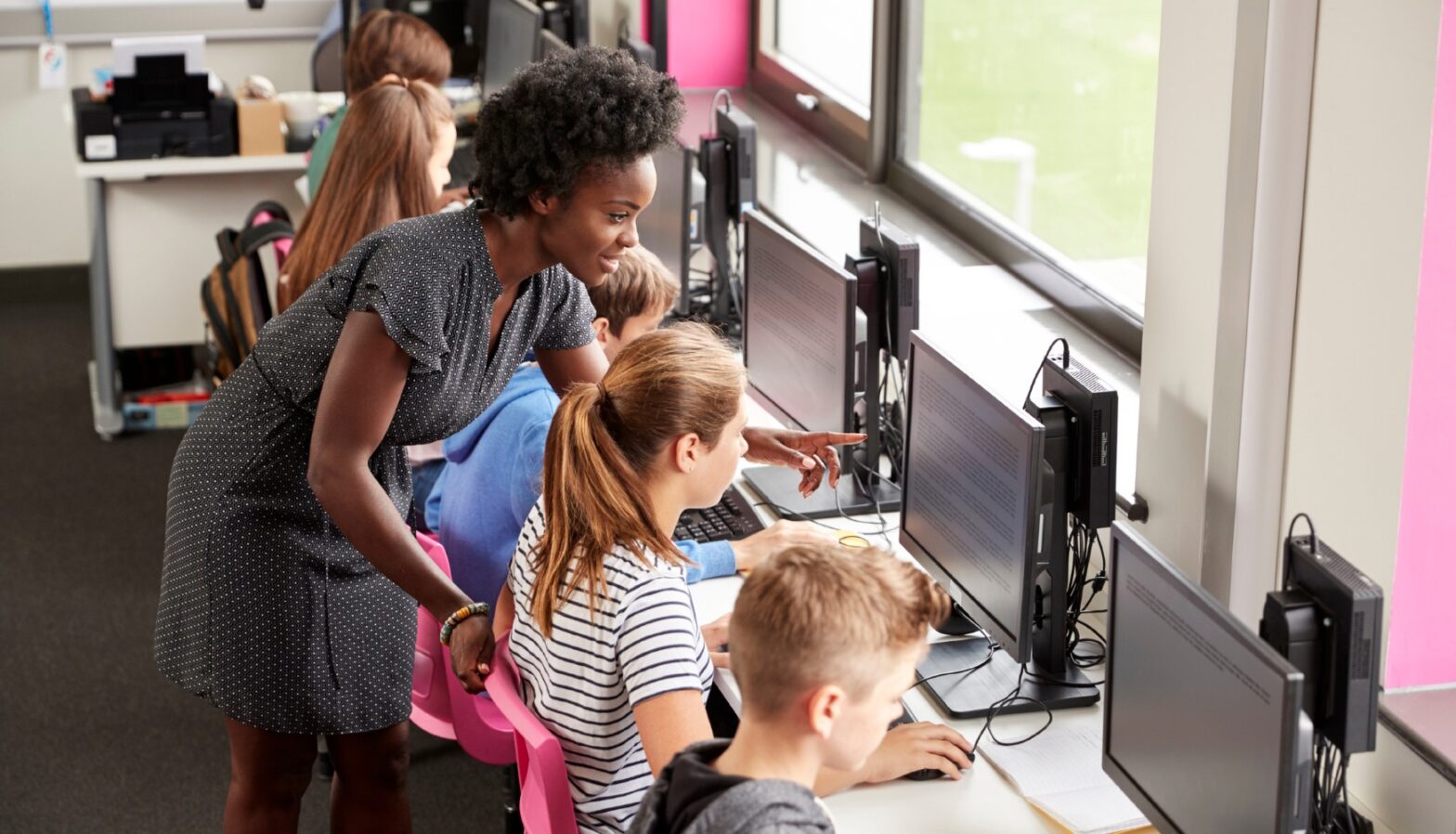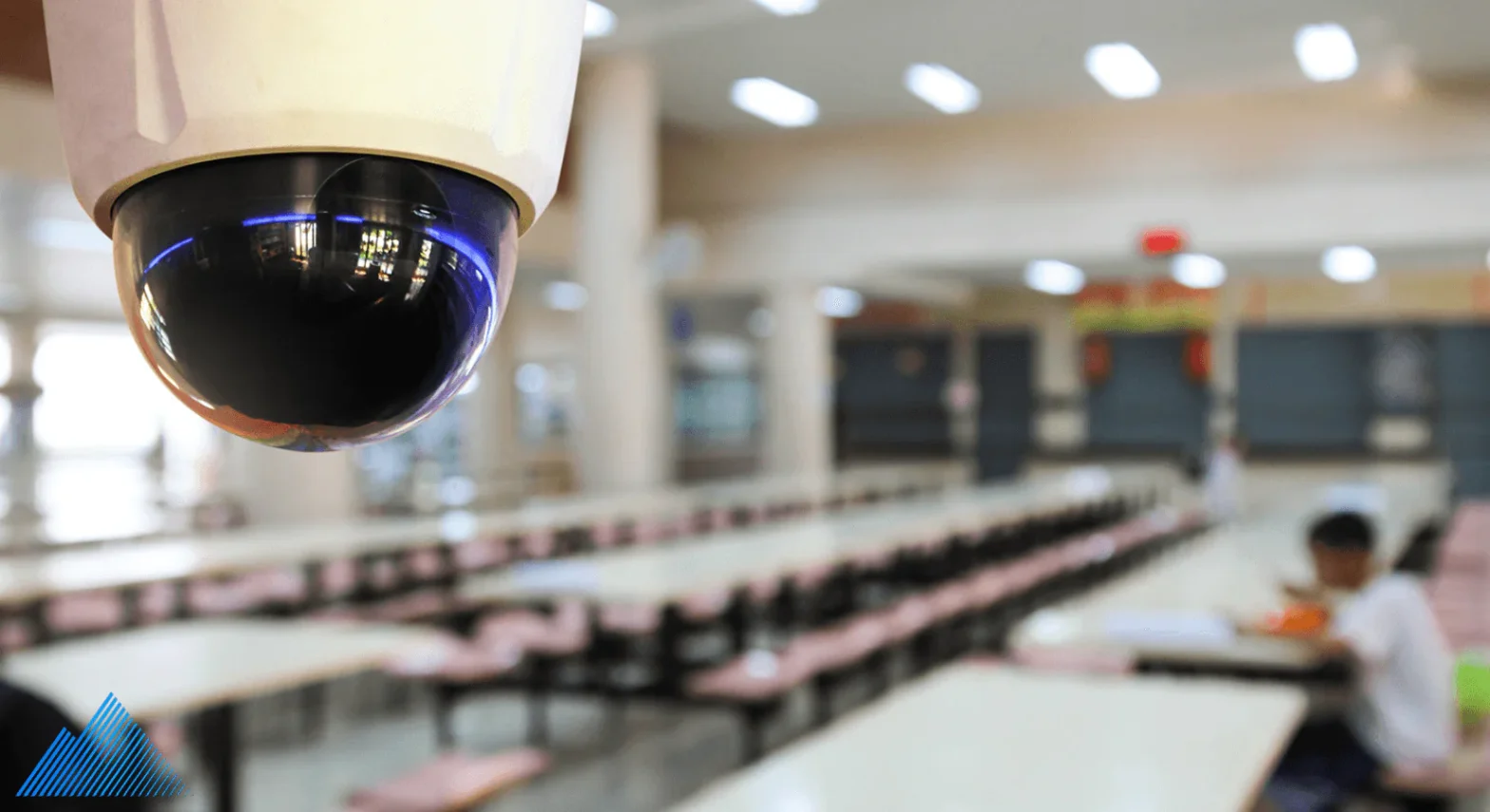Every parent, teacher, and administrator shares one common goal: to keep students safe. But the truth is, traditional safety measures are no longer enough.
Category: Community
Why Every School Needs Panic Buttons: Enhancing Safety and Security for Students and Staff
In an era where school safety is more critical than ever, the call for enhanced security measures has reached a crescendo. Imagine a scenario where a simple push of a button could alert authorities within seconds, drastically reducing response time during emergencies
Creating Safe Havens: Essential Strategies for Building Secure and Supportive Classroom Environments
In today’s rapidly changing educational landscape, creating safe havens within classrooms has never been more crucial. A secure and supportive classroom environment not only fosters academic growth but also nurtures emotional resilience.
From Reaction to Readiness: How Wearable Badges Transform School Safety
In every emergency, seconds define outcomes. Whether it’s a medical crisis, a lockdown, or a simple call for help, the ability to act instantly can save lives.
How Smart School Safety Technology Is Redefining Campus Readiness
Safety has always been the foundation of a thriving learning environment.
But in recent years, the urgency around school safety technology has reached a new level.
School Security: Building Safer Campuses Through Awareness, Technology, and Readiness
From kindergarten classrooms to large high school campuses, schools face an evolving range of challenges — from external threats to internal emergencies, from cyber safety to mental health concerns.
Mass Notification Alert Systems for Schools | SimulAlert
When a school emergency happens — whether it’s a lockdown, severe weather alert, or a medical emergency — the biggest challenge isn’t always the event itself. It is communication.
Alert Technology in Schools: Safer Learning Starts Here
Every parent, teacher, and administrator shares one common goal: to keep students safe. But the truth is, traditional safety measures are no longer enough.
Ensuring Safety: Top Strategies for Enhancing Security in Schools
This article delves into the top approaches for ensuring safety in schools, exploring innovative practices that not only protect but also foster a nurturing atmosphere conducive to learning.
10 Essential Tips for Ensuring Safety in Schools: A Comprehensive Guide for Parents and Educators
Now, in Part 2, we shift focus to the dynamic strategies that bring safety plans to life. From preparing for emergencies to supporting mental health, engaging students directly, and leveraging modern technology, this section dives into the actionable tools that help schools stay responsive and resilient.










